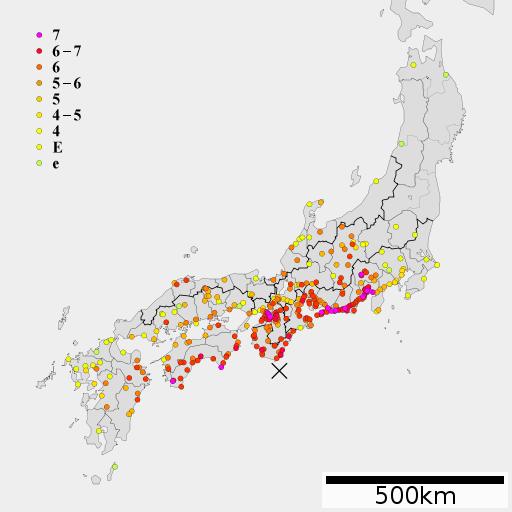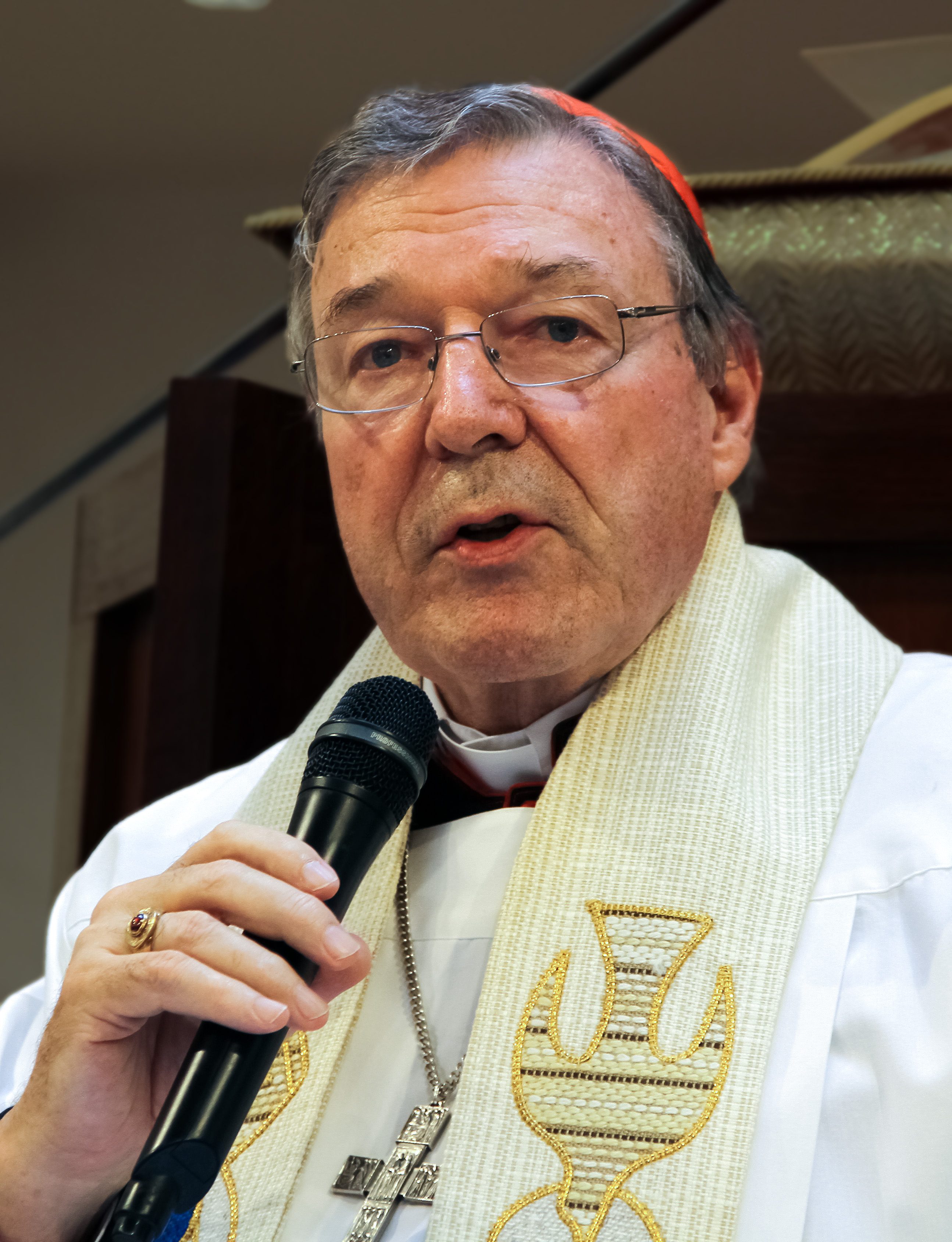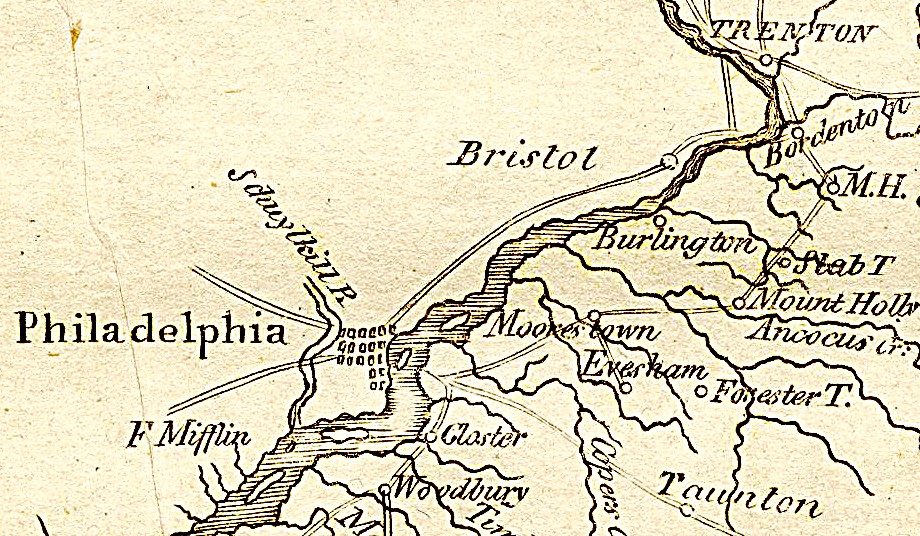Description
The 1707 Hōei earthquake struck south-central Japan at around 13:45 local time on 28 October. It was the largest earthquake in Japanese history until it was surpassed by the 2011 Tōhoku earthquake. It caused moderate-to-severe damage throughout southwestern Honshu, Shikoku and southeastern Kyūshū. The earthquake, and the resulting destructive tsunami, caused more than 5,000 casualties. This event ruptured all of the segments of the Nankai megathrust simultaneously, the only earthquake known to have done this, with an estimated magnitude of 8.6 ML or 8.7 Mw. It possibly also triggered the last eruption of Mount Fuji 49 days later.







